Stainless steel is one of the most popular and versatile materials used in the construction and engineering industries. It has many applications, from hand tools to industrial machinery and components. Manufacturers and consumers may combine the properties of stainless steel and other metals using stainless steel fasteners.
In this article, we will discuss the properties of stainless steel, the several forms of this material that are accessible, as well as the significance of maintaining this material to ensure that its performance will be long-lasting.
You’ll have a better understanding of the many applications of stainless steel as well as the reasons why a variety of businesses find it appealing.
What is Stainless Steel
Stainless steel, often known as rustless steel, was first created in the early 1900s by combining a steel alloy with nickel and chromium. Because of this, the passive barrier prevents further corrosion.
It needs to meet the minimum chromium content before it can be called a stainless steel. An increased chromium content makes stainless steel more resistant to corrosion. But even with a lower chromium percentage, corrosion resistance can be achieved, albeit not to the same degree as with a greater chromium level.
The ease of fabrication is another major advantage of stainless steel in metal production. It’s adaptability stems from its malleability; it’s simple to weld, bend, and cut into different forms. This makes it ideal for custom-made metal products, such as medical instruments and industrial parts.
Alloying Elements of Stainless Steels
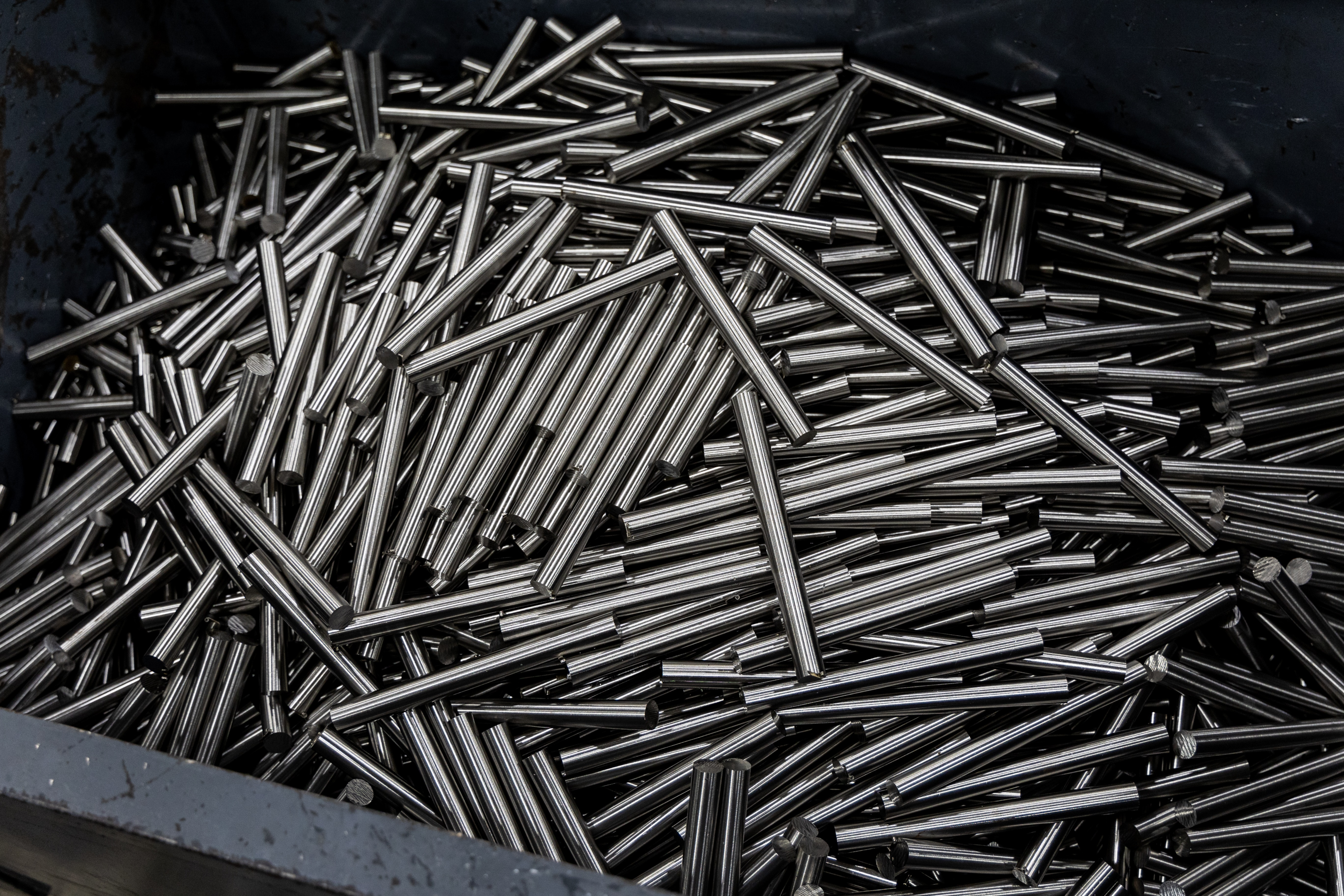
Additional alloying metals, such as nickel, molybdenum, titanium, copper, and carbon, as well as nitrogen, are frequently included into the material. This serves to further improve the material’s strength as well as its resistance to corrosion.
The addition of nickel to the alloy not only makes it simpler to work with but also increases its overall strength. The level of resistance against corrosion offered by a product can be improved by the incorporation of additional elements, such as molybdenum and titanium, by the manufacturer.
Copper, nitrogen, and carbon are also used to improve corrosion resistance and enhance the alloy’s appearance. It has a small carbon content, typically between 0.08% and 1.2%, giving it superior strength and hardness.
Stainless Steel Production
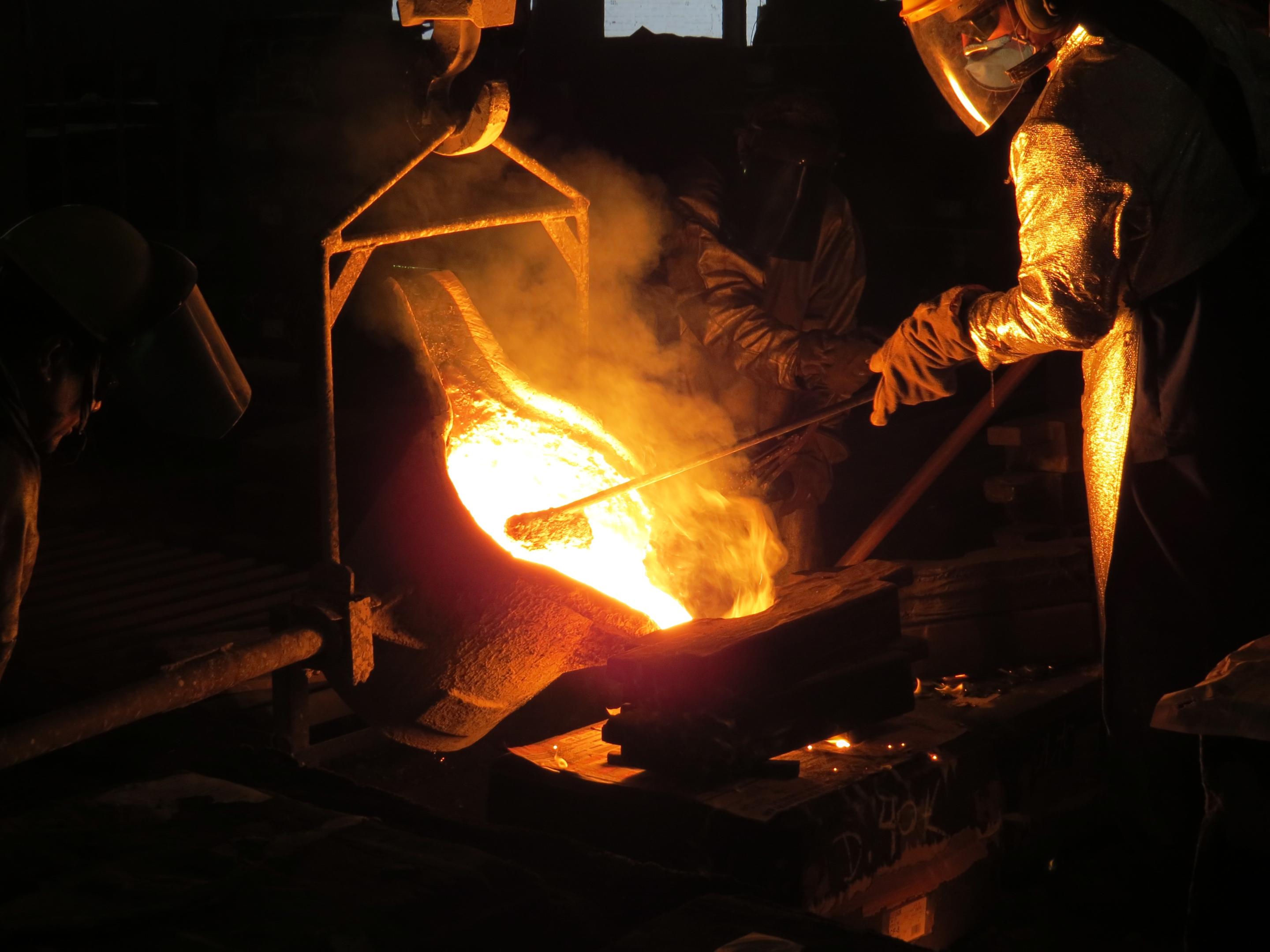
The production process for stainless steel begins with the melting and refining the base metal and other alloying elements. This is done in an electric arc furnace, where the steel is heated to temperatures up to 1,538°C. This process creates more consistent and higher-quality steel than traditional manufacturing processes.
The molten steel is poured into a ladle, a large container holding the steel for further refining. The steel is then treated with several different materials, such as chromium and nickel, to give it the desired properties.
An additional heat treatment process is used to modify the mixed microstructure of the steel, change its mechanical properties, and improve its corrosion resistance. Heat-treating stainless steel can be done in various ways, depending on the desired result.
Cold rolling is an important part of stainless steel finishing. In this process, the stainless steel passes through a pair of rollers. The rollers are usually made of chrome-nickel alloy, and pressure is applied to the material at a high temperature. This pressure is applied to achieve the material’s desired thickness and improve its surface finish.
Hot rolling is also another finishing process for stainless steels. This process involves passing metal stock through two or more rollers above its recrystallization temperature.
The speed at which the rolls travel is also important, as it will impact the reduction achieved. The rolls should move quickly enough to keep the material hot while it is being rolled but not so fast that it causes excessive deformation.
Using Stainless Steel Scrap in the Manufacturing Process
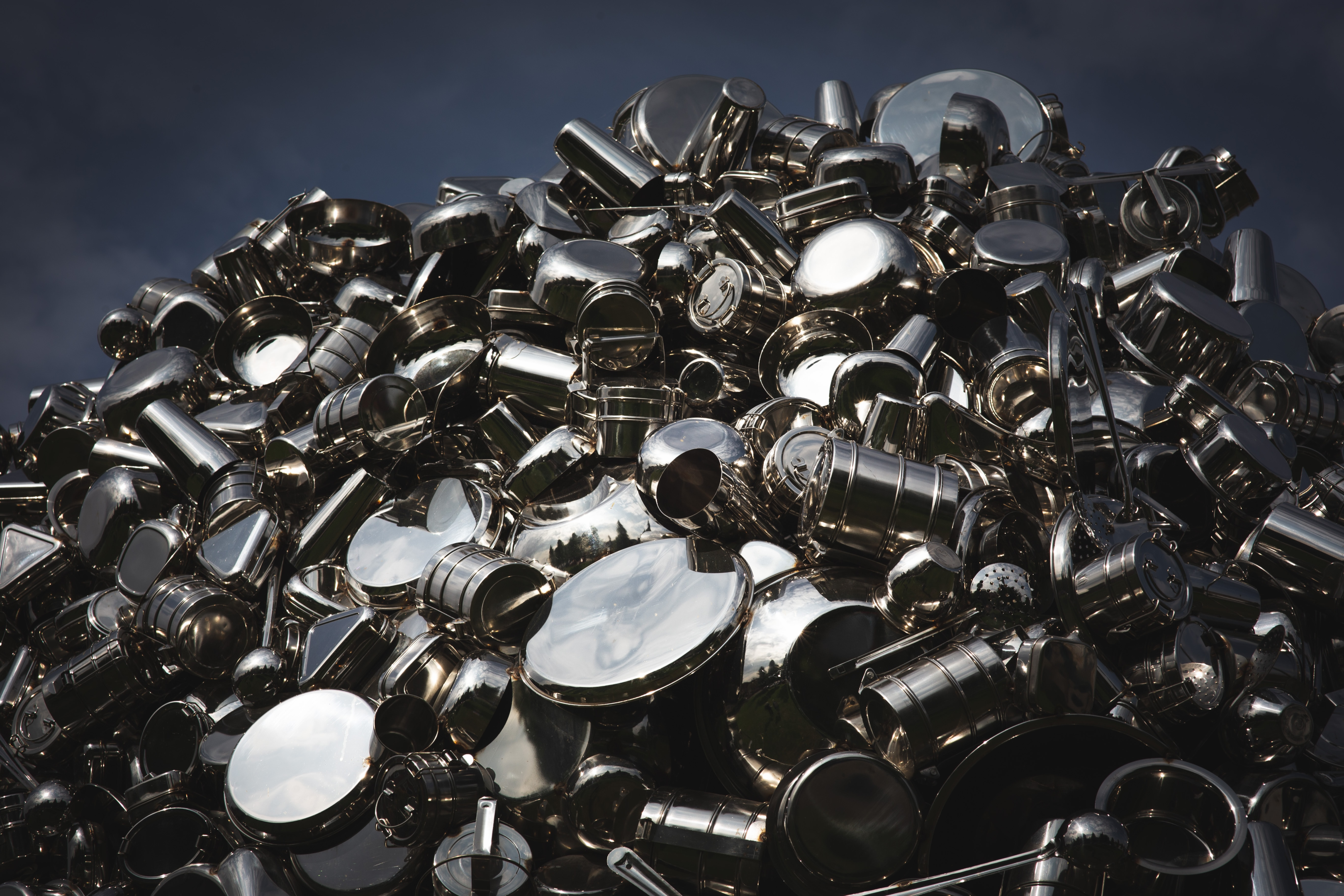
Stainless steel scrap, or scrap metal, is the leftover pieces of stainless steel produced during manufacturing.
Using scrap also helps reduce the amount of waste sent to landfills and reduces the energy required to make new products.
Stainless steel scrap should also pass the required standards before it is used in manufacturing. It should be inspected and tested to ensure that it meets the specifications, as it can contain contaminants or other materials that can affect the product’s performance.
Grades of Stainless Steels
Austenitic Stainless Steel
The unique structure of austenitic stainless steels is made up of a face-centered cubic (FCC) lattice, also known as an austenite lattice. The lattice can resist corrosion because the atoms are arranged in such a way that it creates a strong bond between them.
The close proximity of the atoms of austenitic steel gives it the ability to tolerate both high temperatures and high levels of pressure.
Because of its resistance to corrosion, its ability to be welded, and its ability to be formed, austenitic stainless steel of type 304 has become the most common austenitic stainless steel for stainless steel.
Austenitic stainless steel is an alloy that consists of iron, chromium, nickel, and maybe a few other elements as well. In addition to being resistant to saltwater and chlorine, austenitic steels are also resistant to a variety of other conditions.
Ferritic Stainless Steels
Ferritic stainless steels are a type of stainless steel with higher levels of chromium and other elements, such as molybdenum and silicon, which offer superior corrosion-resistant characteristics.
Ferritic stainless steel is often an example of a non-hardenable type of stainless steel alloy and needs to be annealed before welding can take place. The ferritic steel is softer after going through this annealing process, which makes it simpler to mold and weld.
Because of their superior formability and weldability, ferritic steels are often used to fabricate components with complex shapes. Additionally, they are often used as a substitute for carbon steels in applications where corrosion-resistant characteristics are important.
Martensitic Stainless Steel
The family of martensitic stainless steels contains a number of grades, each of which has its own distinct chemical composition as well as its own set of mechanical characteristics. These grades include 410, 420, 440A, 440B, 440C, and 17-4PH. Martensitic stainless steel is usually less expensive than austenitic stainless steel, making it an attractive choice for projects where cost is a factor.
Because martensitic stainless steels are categorized as precipitation-hardening stainless steels, it is recommended for applications that require wear-resistant materials, such as cutlery, surgical instruments, and food processing equipment.
Duplex Stainless Steel
The exceptional strength and corrosion resistance of this material can be attributed to its one-of-a-kind composition.
This is because it has a greater concentration of chromium and molybdenum, both of which act as a shield against corrosion and the development of iron oxide. In duplex stainless steels, the most beneficial properties of ferritic steel and austenitic steel are integrated into one material.
In addition to this, it has a low thermal expansion coefficient, which makes it more resistant to warping and cracking when exposed to high temperatures.
Distinct Mechanical Properties and Physical Properties of Stainless Steels
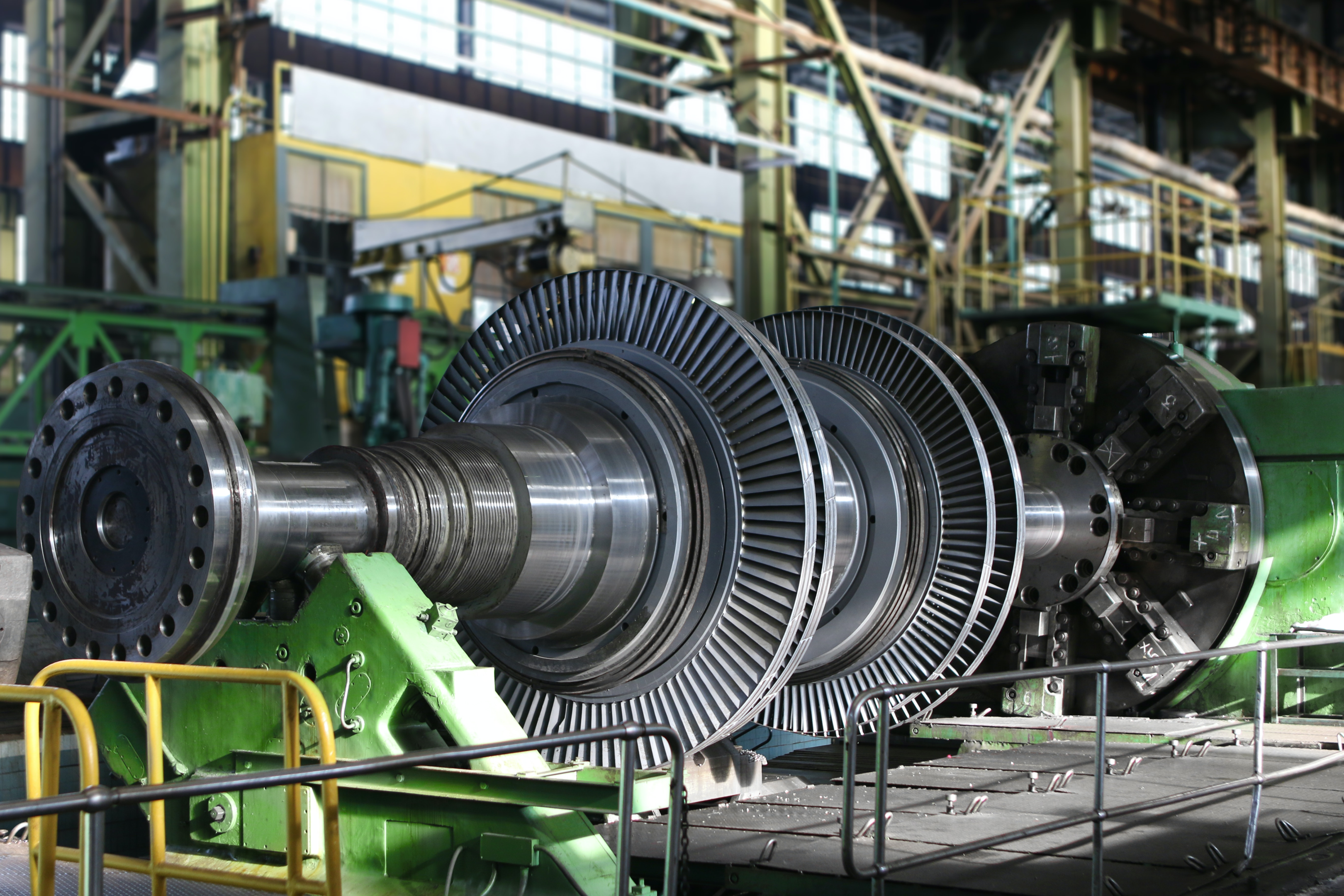
Stainless steels are among the most versatile materials used in various industrial applications due to their distinct mechanical and physical properties.
Excellent Corrosion Resistance
Stainless steels are widely known for their excellent corrosion resistance. They provide superior protection against rust and corrosion in various environments, including high temperatures and humidity.
Because stainless steels have such a great resistance to acids, alkalis, and other chemicals, they are perfect for a wide variety of applications in the industrial sector. It has an exceptional longevity and profitability over the long term.
Creep Resistance
The capacity to sustain high temperatures and stress is what is meant by the term “creep resistance.” This is as a result of the large amounts of chromium and nickel that they contain, in addition to an alloying element that consists of molybdenum, nitrogen, and copper.
Stainless steel is able to maintain both its strength and its ductility even when subjected to temperatures that are far higher than their typical operating range.
Attractive Appearance
Stainless steel is a modern material with a sleek, attractive appearance. It is strong, durable, and resistant to corrosion and dirt. The smooth, shiny surface of stainless steel is eye-catching, making it a popular choice for use in kitchens, bathrooms, and other areas where a modern, luxurious look is desired.
Its resistance to wear and tear makes it a great option for areas where high levels of foot traffic are expected. The bright, reflective surface of stainless steel is easy to clean and maintain, giving it a timeless look that will last for years.
Applications of Stainless Steels
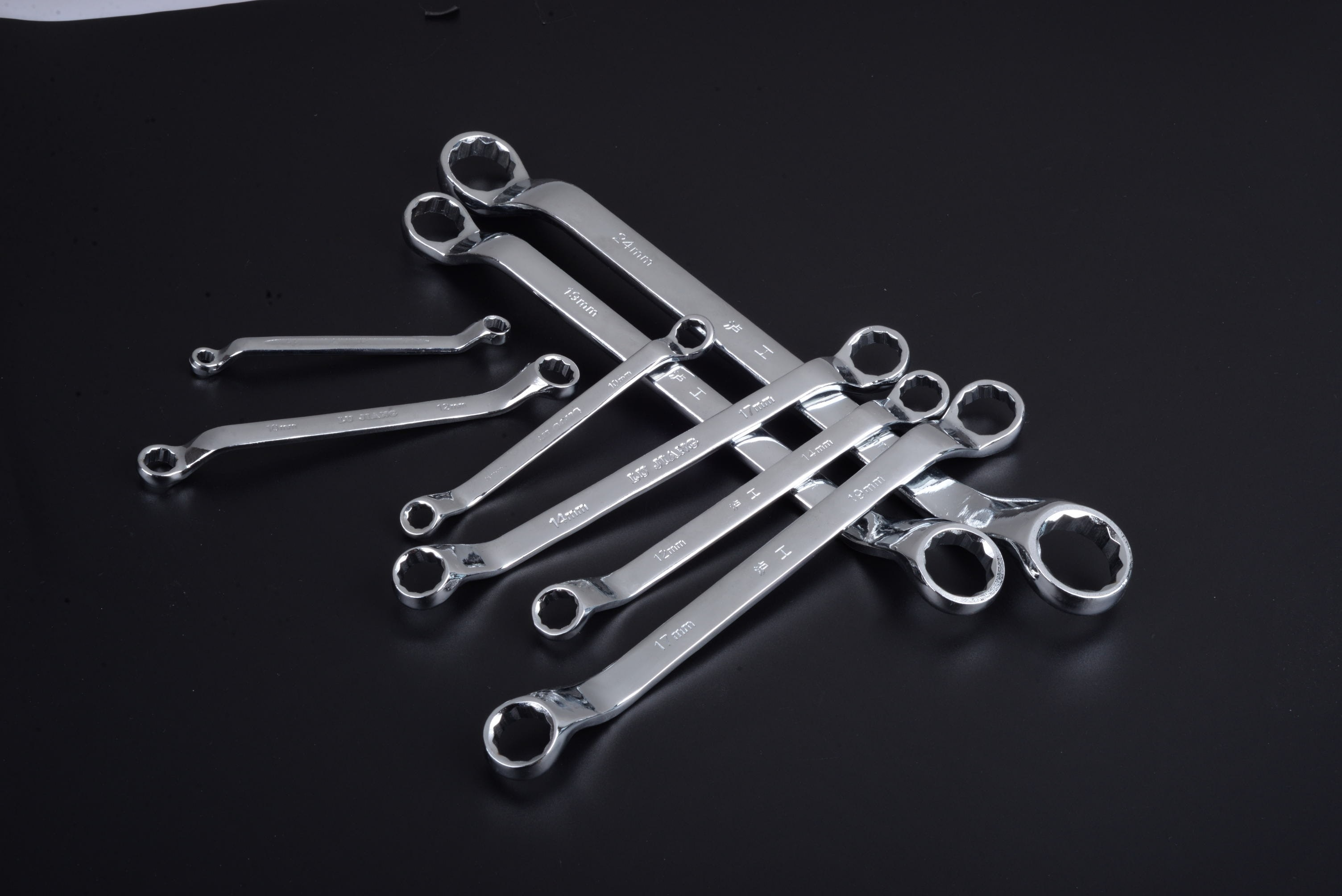
Structural Applications
Stainless steel is often used in structural applications, such as bridges, buildings, and other large-scale infrastructure projects.
It is also used for smaller projects like railings, balconies, and sculptures. The ease of fabrication and low maintenance requirements make stainless steel ideal for various structural applications. It is highly corrosion-resistant, making it ideal for long-term durability applications.
Pulp and Paper Industry
It is used in many applications, such as paper production, pulp storage and transportation, paper rolling, and wastewater treatment. Stainless steel is also used to construct tanks, vessels, and piping systems for storing and handling chemicals used in the paper-making process.
Additionally, stainless steel is used for machinery components, conveyor belts, and other components subject to high levels of wear and tear. The robustness of stainless steel makes it a great choice for this industry.
Chemical Industry
Its excellent temperature tolerance, oxidation resistance, and non-magnetic and non-corrosive properties make it an invaluable asset to the chemical processing industry. Stainless steel is used in various applications, ranging from chemical tanks and centrifuges to heat exchangers, flanges, and valves.
Stainless steel is also known for its low-maintenance and long lifespan, which makes it an excellent option for chemical companies looking to minimize their equipment costs.
Hand Tools
Hand tools from stainless steel tend to be heavier than their counterparts, but this extra weight increases strength and improves performance. Stainless steel won’t corrode like other metals can, thus tools made from it will last much longer in the field.
Many hand tools, from wrenches to screwdrivers, are constructed from stainless steel due to the material’s superior characteristics.


